CHICAGO — Representatives from two counties vying for expanded Metra service appeared before the commuter rail agency’s board of directors to plead their cases, but it appears unlikely that any expansion will occur any time soon.
Representatives from the Kendall County village of Oswego and from the village of Sugar Grove in neighboring Kane County both urged Metra officials Wednesday to extend service beyond the BNSF Line’s termination in Aurora to their communities, separated by only a few miles but located on different rail routes. Oswego is on BNSF’s Mendota Subdivision, its route to Galesburg, Ill.; Sugar Grove is on the Aurora Subdivision, part of the route north to Minneapolis-St. Paul.
Metra officials reiterated that the agency’s first priority is to maintain its existing system and repair and replace aging rolling stock and infrastructure.
Metra Chairman Norman Carlson says Metra was grateful to the General Assembly for recently approving a capital bill that may bring Metra as much as $1.6 billion in state bond-backed revenue for capital needs over the next five years. The agency, however, has a five-year, $5 billion list of needs.
“Thus Metra’s principal focus is a commitment and an investment to achieve a state of good repair on its existing system” and not on expansion, Carlson says.
He called on the Regional Transportation Authority, which oversees Metra, to formulate a policy on expanding service beyond the RTA’s six-county territory.
The capital bill included $100 million for Metra expansion to Oswego and other Kendall communities. The earmark was obtained through the efforts of a coalition of state legislators, according to Oswego Village Administrator Daniel Di Santo.
Last month, Metra’s board approved spending $4.5 million in federal funds for an engineering study of the extension. Officials pointed out that the money wasn’t from Metra itself but rather came from a $7.5 million earmark dating back to the 2000s when local U.S. Rep. Dennis Hastert was then House speaker.
Di Santo told Metra that Kendall County has been fighting for the extension for decades and that current members of Congress, Lauren Underwood and Bill Foster, continue to support the Kendall extension.
Di Santo acknowledged that the $100 million was “only about a quarter” of the cost of the project, but that the Kendall communities were committed to “identify funding” for the extension.
Metra says a preliminary cost-benefit analysis estimates that a BNSF extension would cost $440 million to construct and $5.1 million per year to operate and maintain the service (in 2016 dollars).
Still, Kendall vows to continue. “This is a long time coming,” Di Santo says. “We’ve been doing this for 20 years and it will take many more years in order for this to become a reality.”
Speaking on behalf of Kane County were Ted Koch, an official from the village of Sugar Grove, a few miles north of Oswego, and Kane County Chairman Chris Lauzen. Kane County opposes an extension to Kendall. It would be cheaper and more efficient to extend Metra to the Kane County via Sugar Grove, they say. Furthermore, the village is only 10 minutes away from the Kendall County communities, Koch says.
And unlike Kane, Koch says, Kendall County is not a part of the Regional Transportation Authority. Kane has been paying RTA taxes since 1974, amounting to some $500 million.
Metra’s cost-benefit analysis estimates that a proposed Sugar Grove BNSF Extension would cost $370 million to construct and another $4.5 million per year to operate and maintain the service (in 2016 dollars).
Lauzen said Kane County wants Metra to reaffirm that its first priority is safety and maintaining equipment in a state of good repair, rather than expansion. “If this is no longer the case, then at least expand efficiently into RTA territory in Kane County, where we’ve paid in hundreds of millions of dollars, rather than Kendall County … where they haven’t paid one penny,” Lauzen said.
Echoing him was board member Steven Messerli, who represents Kane County. “Metra needs to take care of its own financial health first” before expanding service, he says.
Metra CEO/Executive Director Jim Derwinski says building any extension is a long process that is “many years off.”
“Our priorities are to work on the system that we have here,” Derwinski says.





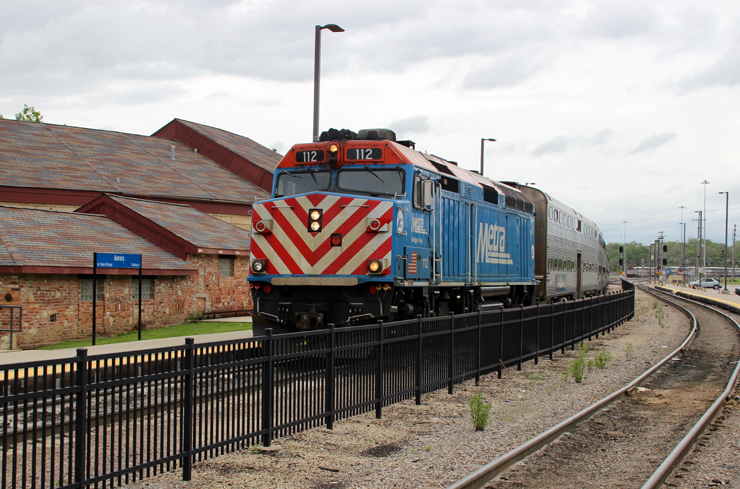

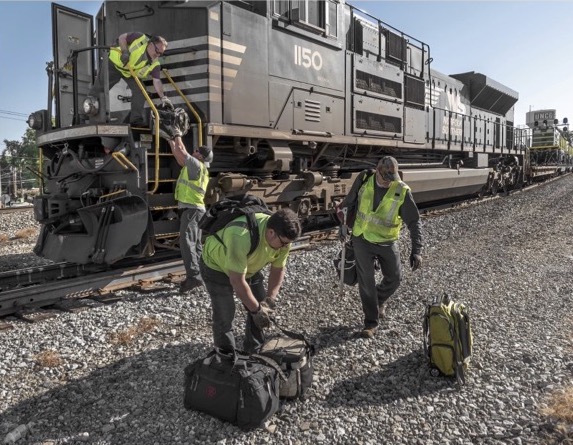
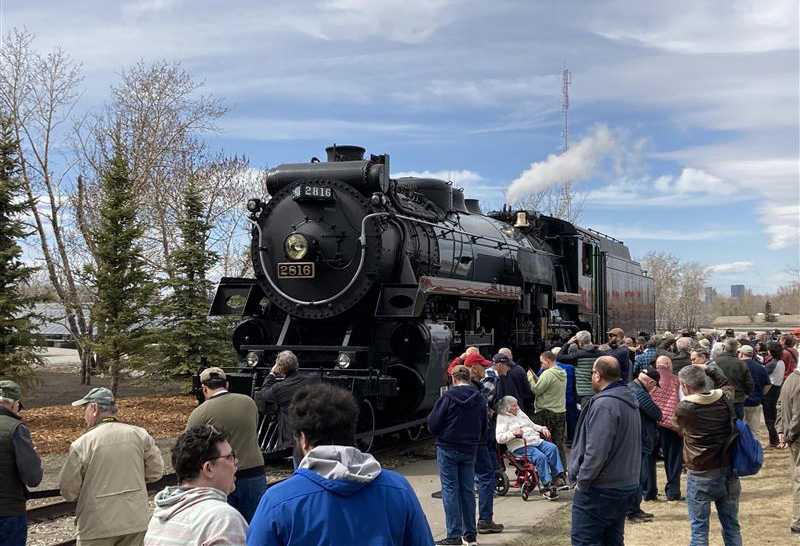
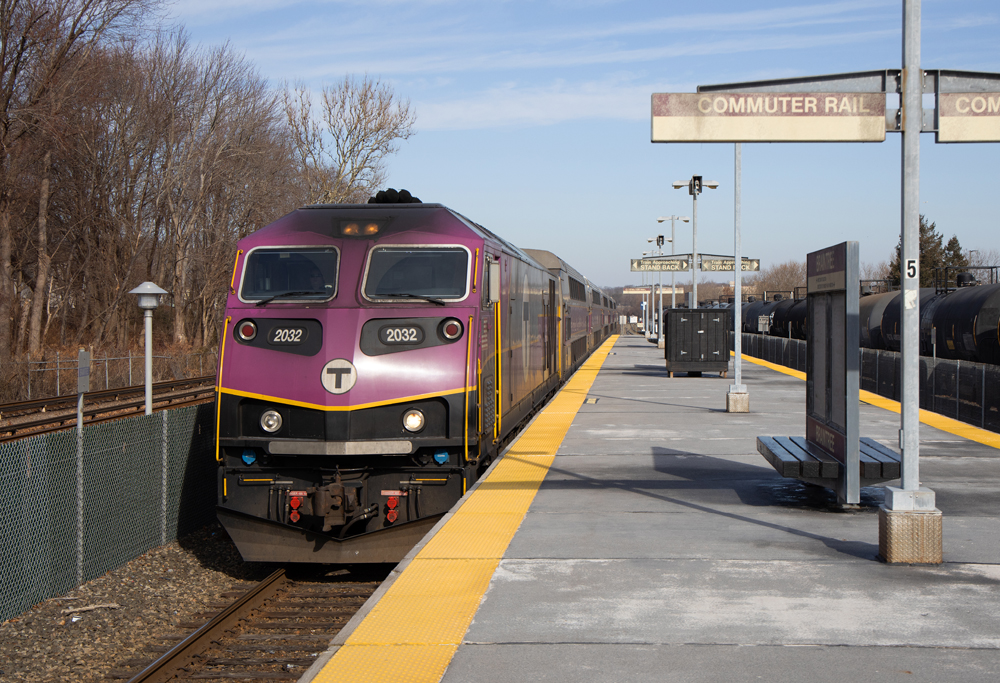
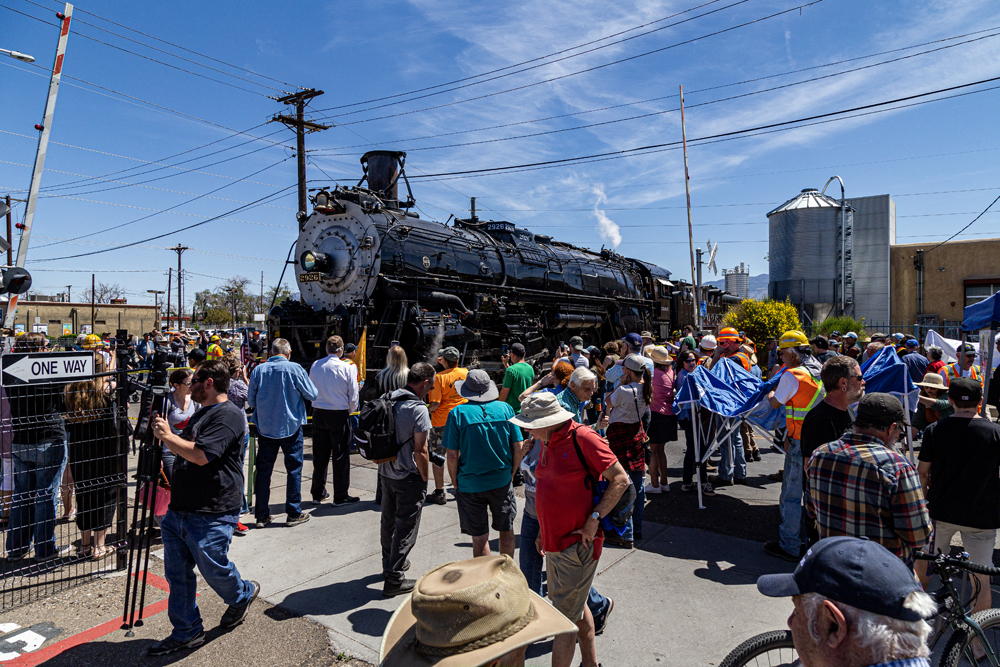




For some of us it would help to use the Ancestral Names as we don’t know where what is Out West. C&NW to Geneva, Harvard/McHenry/(Lake Geneva), Burlington to Aurora, Milwaukee/St. Paul to Fox Lake, Elgin, Wisconsin Central to Antioch, etc..
In lieu of these smaller opportunities, what the state and RTA should focus upon is the Big Kahuna-Rockford. Whatever Amtrak proposes will be insufficient frequency; unacceptable arrival/departure times at the end points (given current congestion at CUS); a cost prohibitive service plan due to Amtrak’s creative PRIIA which requires all service under 750 miles outside of the NEC to pay full cost allocation per Amtrak’s own faulty cost methodology.
With Metra, the state would be investing its funds towards the benefit of a state agency by expanding Metra from its rail head at Big Timber along the UP thru Belvedere to Rockford. A minimal frequency of 5 trains each way would afford the schedule convenience for business and pleasure day-trippers. As well, a Metra operation would allow for service en route at major business/shopping centers, e.g. Schaumburg. Allow the overall cost for this would be far less than Amtrak’s approach like a butcher putting both thumbs on the scale, it would require both Boone and Winnebago counties to join the RTA and increase their sales tax.
It should be noted how exurban traffic is already being served along the Chicago-Galesburg Amtrak line, with stops at Plano, Mendota, and Princeton. Also, what should be studied as another regional service is Chicago-Milwaukee via the UP’s (ex-CNW North Line) thru the heart of the North Shore suburbs and major towns of Evanston, Wilmette, Highland Park; as well as Waukegan, Kenosha, Racine, and MKE Mitchell Field. This route would be attractive to the many who do not desire the long drive west to pick-up I-94 and fight the truck conga lines. However, the rail connection into Milwaukee requires restoration, as well as the issue of equipment tied up at the Ogilvie Transportation Center in Chicago (just as “Downeaster” equipment is isolated at BOS North Station).
These are two examples of thinking regionally by directly investing in a state agency, Metra, without having to pay tribute to Amtrak or have its strings pulled from Washington.
Dekalb would great, Right?
@Brett Reid: DeKalb would love to get a Metra type service and it was a factor when the RTA pushed the UP West line out to Elburn, which is almost half way between Geneva and DeKalb. But at the moment DeKalb County residents dont want to pay the taxes required to get the service. So right now the only voice for a service extension is Northern Illinois University.
Looking at both routes honestly the Sugar Grove route looks like the loser.
Sugar Grove is currently 12-14 minutes away from Elburn, Looking at opportunities west past Sugar Grove in the future is slim to none. There is just no development going on in the US30 corridor west of there. Hinckley and Big Rock are very small and farther away than Oswego.
Looking at the Oswego route, the population growth along the US34 (Walter Payton Highway) is very robust and carries on to Yorkville, Plano, Sandwich & Somanauk. Somanauk is actually in 3 counties, Kendall, LaSalle and DeKalb.
Some might ask about the former Streator Sub that runs through downtown Oswego and Yorkville? BNSF spun this off to Illinois Railway and exists to service the high quality silica and sand mills in Sheridan and Wedron and runs all the way to Ottawa. But other than the fact its a very scenic route along the Fox River, its not and never will be a future commuter route.
I get Kane County’s argument, we have been paying and so we should be first in line, but the RTA has to make sense on what exists today, not what Kane thinks “will be” in 30-40 years west of Sugar Grove. Everyone pretty much knew that Metra would eventually expand west past Geneva, even back in the 1970’s. The platform at Geneva was overrun with drivers coming down from St Charles by the 1990’s. Even then some people wanted a “St Charles Express” that came out of the West Chicago yard and up past the DuPage Airport. Not possible now because UP pulled up the line west of Kirk Road and gave up the river bridge when the Hines Lumber closed at Randall Road. Back then it didn’t make sense just like a Sugar Grove route doesn’t either.
Another factor against the Sugar Grove route is that the roads between Oswego and Sugar Grove are not optimized one bit. Mill Road is still an at grade country road style crossing. Drivers would have to use Orchard Road with the overpass, but it will take them longer to reach Sugar Grove, than it will Sugar Grove to reach Elburn.
All things considered, when Metra gets stable again, Kendall County is the better way to go, not Sugar Grove,
STEVEN BAUER – I see your point – people in the outlying counties can drive to existing METRA stations. There’s another factor, though: METRA stations are park-rides. There is only so and so much parking capacity (and tolerance for auto congestion) at any one station, m0ot especially the stations furthest out.. The purpose of METRA expansion is to add parking spaces.
“Furthermore, the village is only 10 minutes away from the Kendall County communities, Koch says”
And Sugar Grove is only 10-15 minutes from Elburn and the UP West Line..